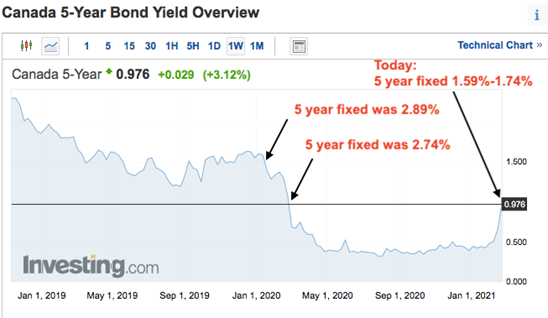The Mortgage Minute |
When qualifying a client for a mortgage lenders typically look at four key areas. The stronger a client is in each area, the likelihood of qualifying increases.
|
AuthorPaul holds a Master's degree in Business Administration, loves to golf, watch hockey, and drink black coffee. Archives
February 2024
Categories |
Paul Dueck 204-791-9449 [email protected] Castle Mortgage Group, 100-1345 Waverley St., Winnipeg MB R3T 5Y7





 RSS Feed
RSS Feed